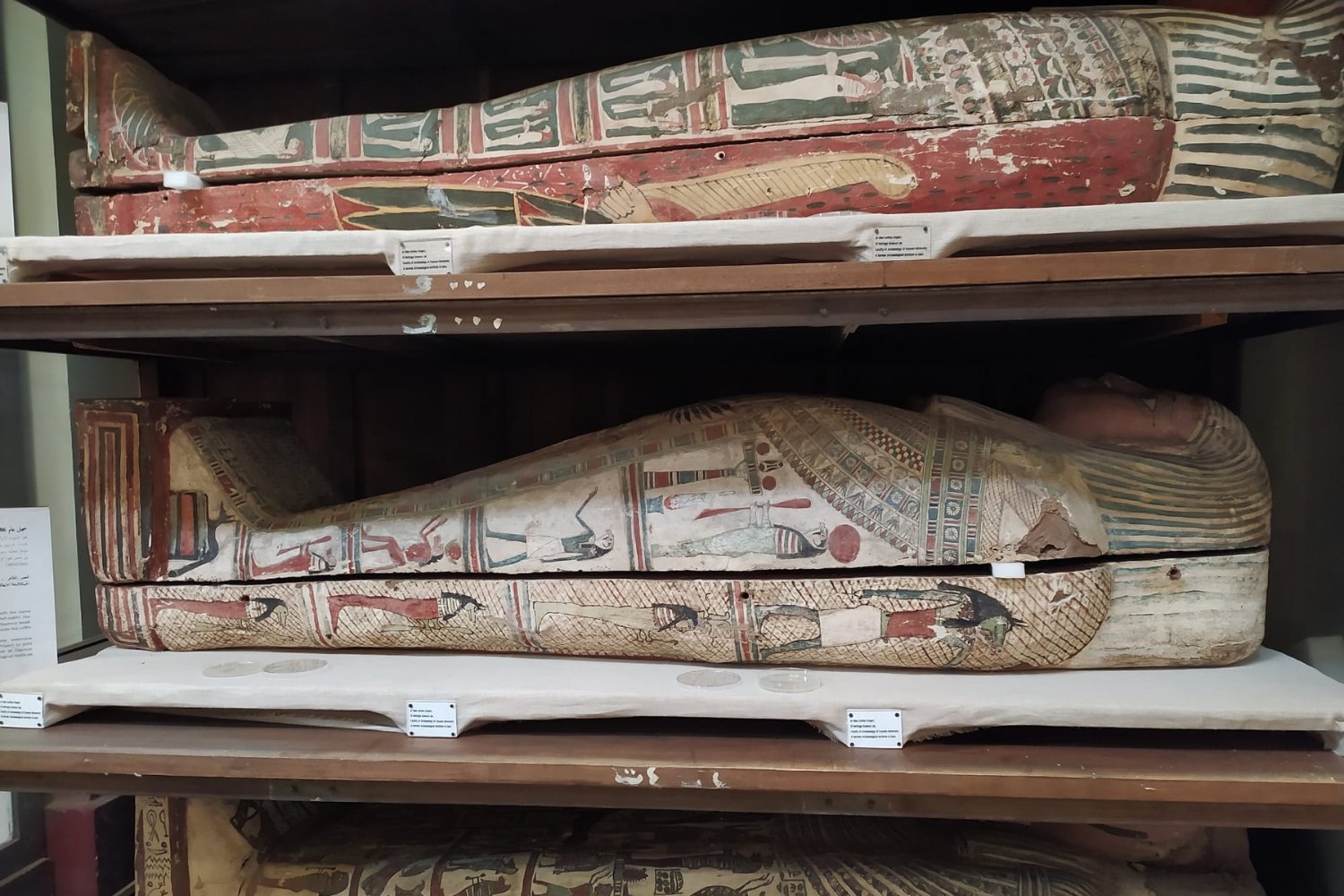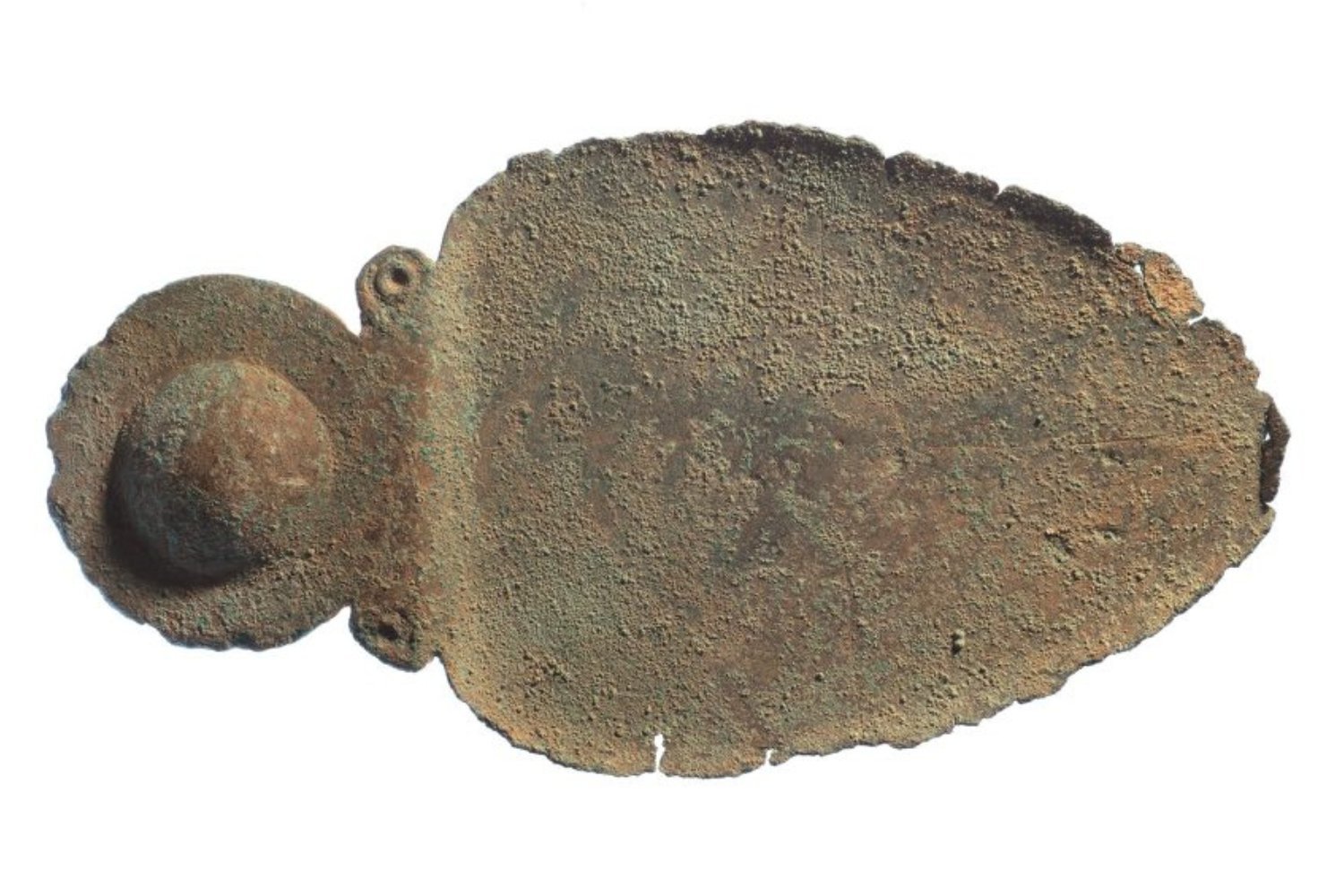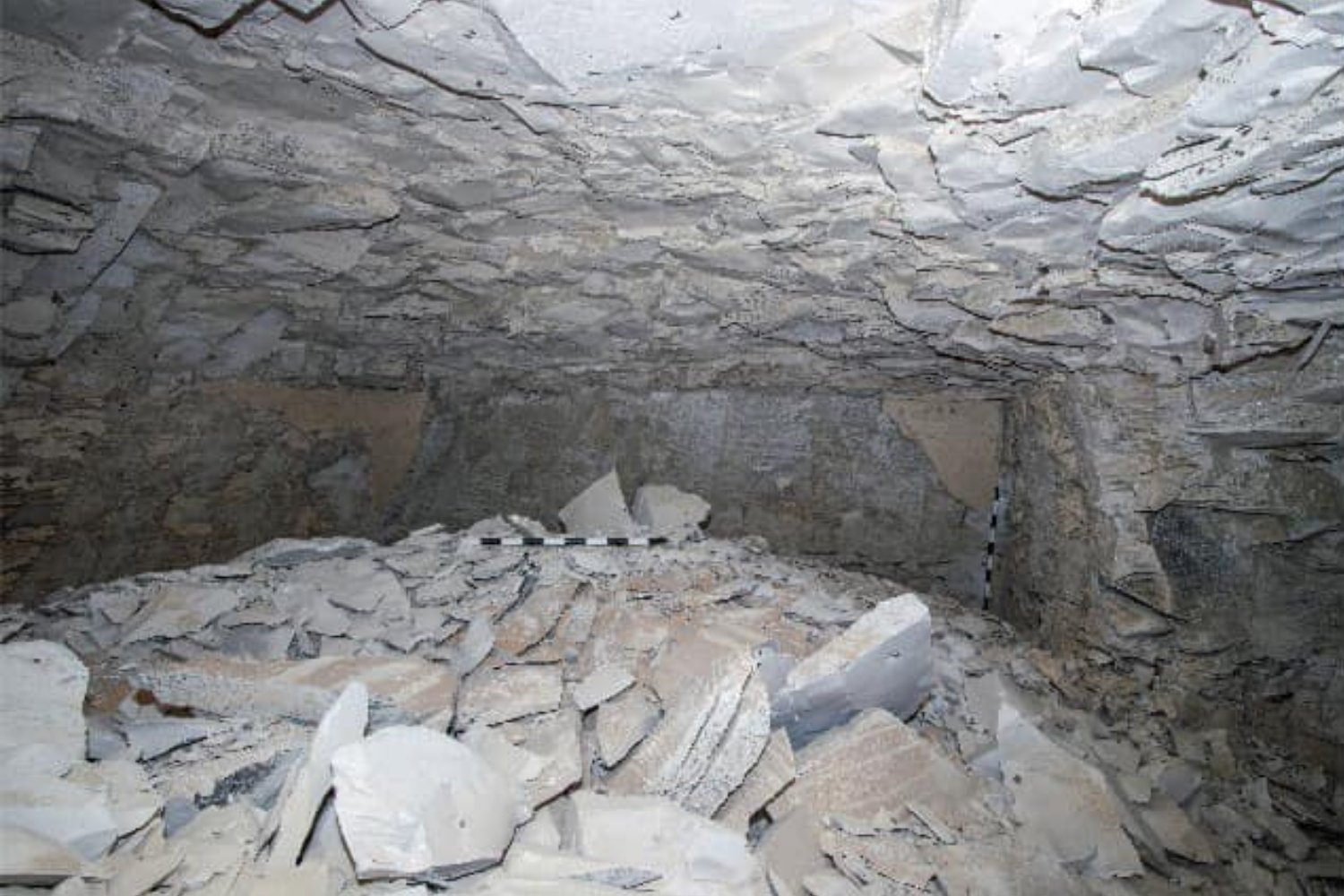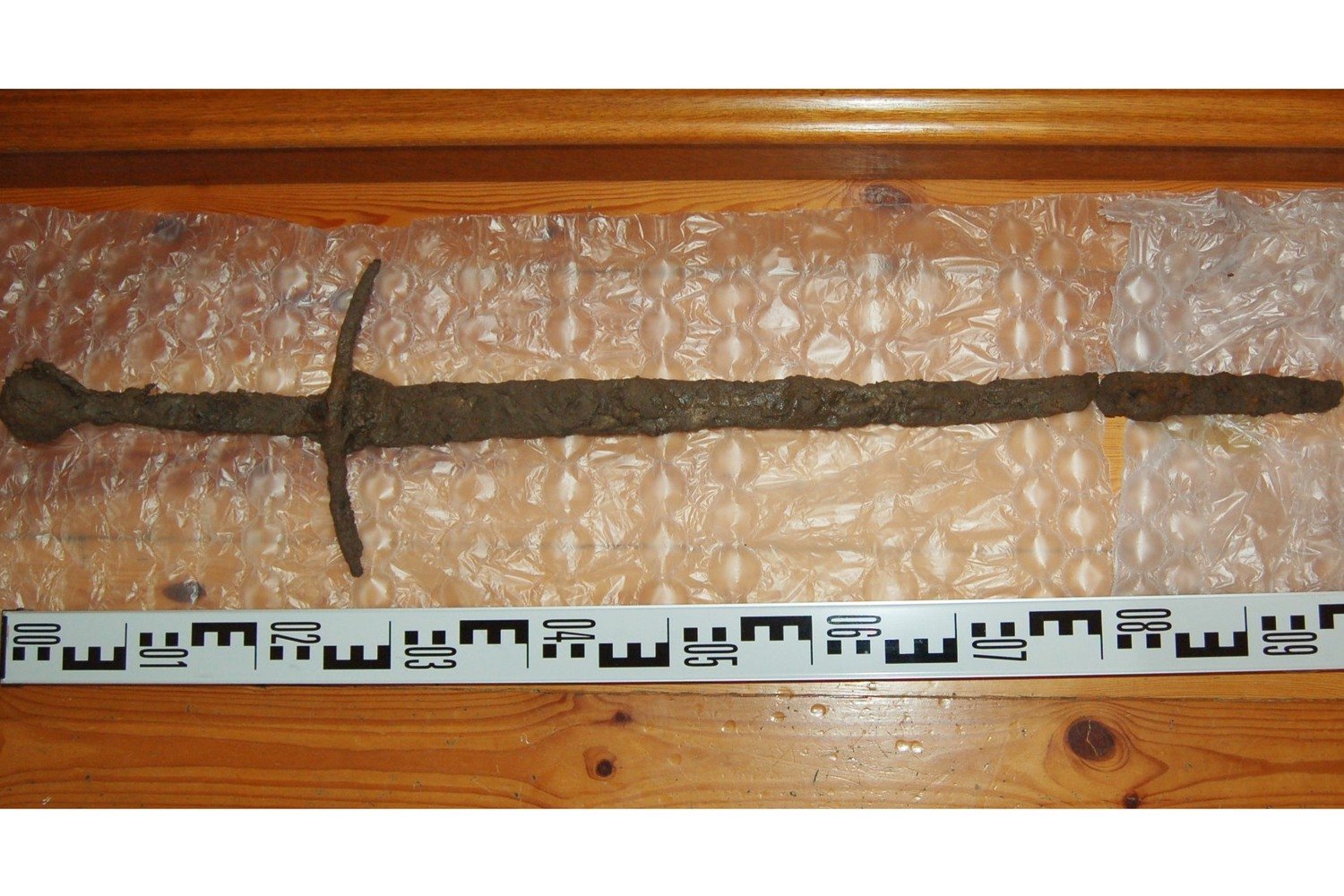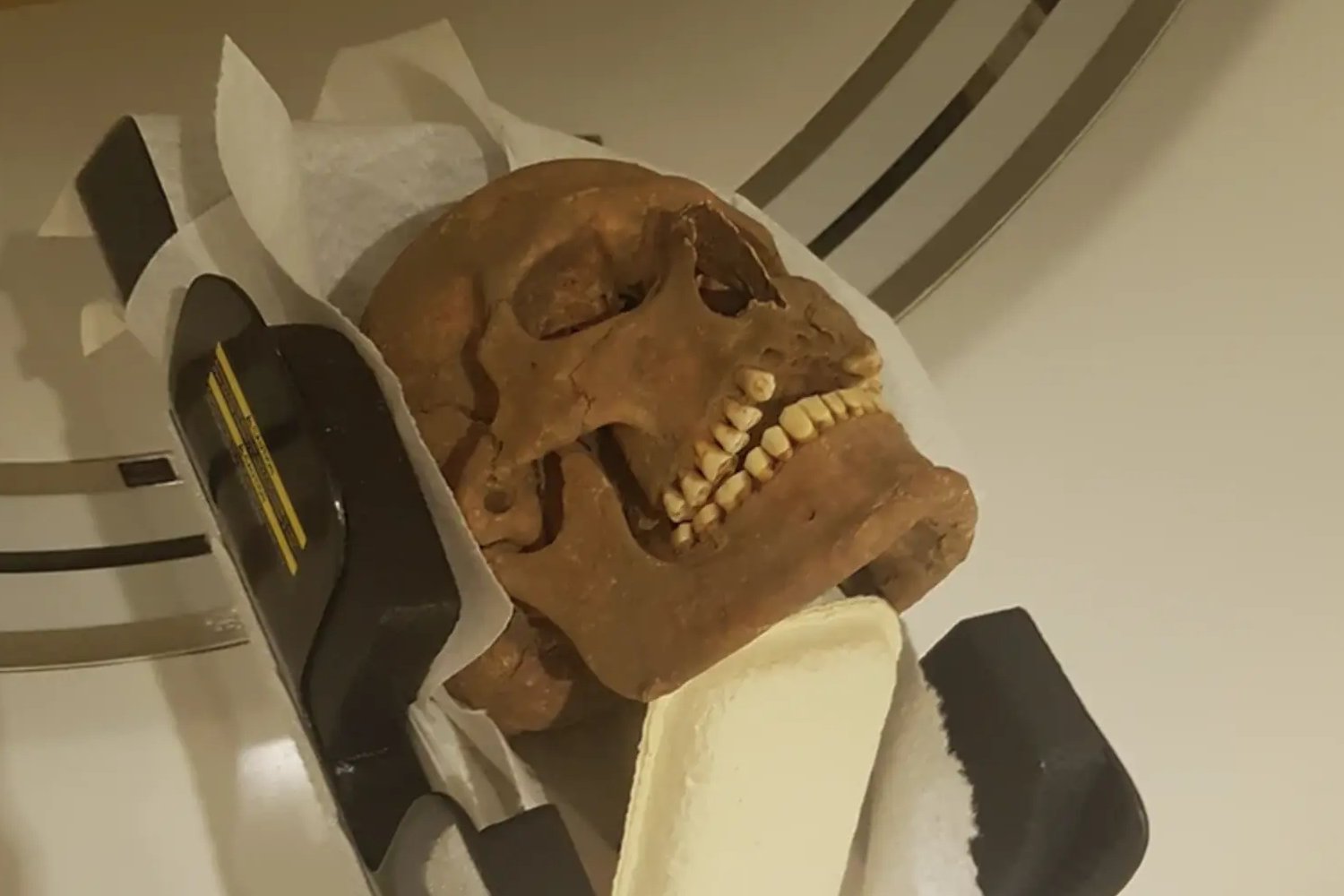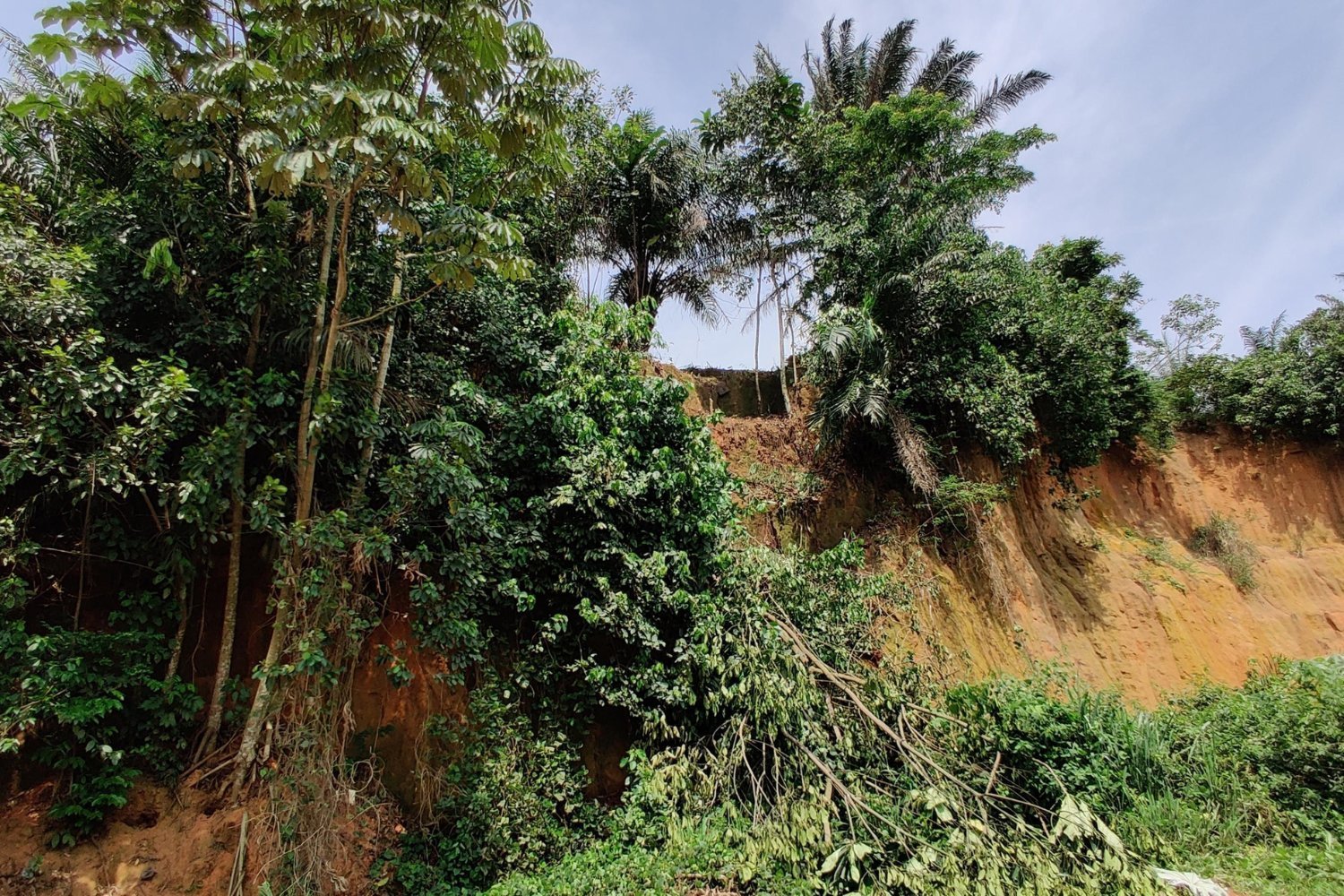Have you ever wondered what ancient Egyptian mummies smell like? A recent study published in the Journal of the American Chemical Society reveals a surprising olfactory profile: woody, spicy, and sweet. This fascinating research combines traditional scientific methods with the expertise of trained “sniffers” to unlock the aromatic secrets of mummification, offering a new perspective on this ancient practice and the importance of our olfactory heritage.
This groundbreaking study, led by chemist Matija Strlič of University College London (UCL), marks the first combined chemical and perceptual investigation into the scent of mummified bodies. “The smell of mummified bodies has long intrigued both experts and the public,” Strlič explained in a university statement. “This research enhances our understanding of ancient embalming materials, aids in conservation efforts, and adds a new dimension to museum exhibitions.”
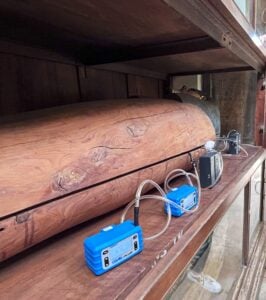 Analyzing Mummy Scents
Analyzing Mummy Scents
While invisible, scents are composed of chemical molecules. To identify these molecules, Strlič’s team utilized gas chromatography and mass spectrometry to analyze air samples from nine mummies housed in the Egyptian Museum in Cairo. They also enlisted professional “sniffers” to describe the smells’ quality, intensity, and pleasantness. This non-invasive approach allowed researchers to categorize the origins of the aromas, differentiating between those derived from ancient mummification techniques, modern conservation products, potential pesticide residues, and natural decomposition. The resulting scent profile – woody, spicy, and sweet – reflects the common use of myrrh, frankincense, and tree resins like pine in the mummification process.
The Significance of Scent in Ancient Egypt
“The smells revealed new information, emphasizing the power of our senses in understanding the past,” stated Cecilia Bembibre, a heritage scientist from UCL involved in the study. The research highlights the importance of olfaction in ancient Egyptian culture, where specific aromas held symbolic meaning.
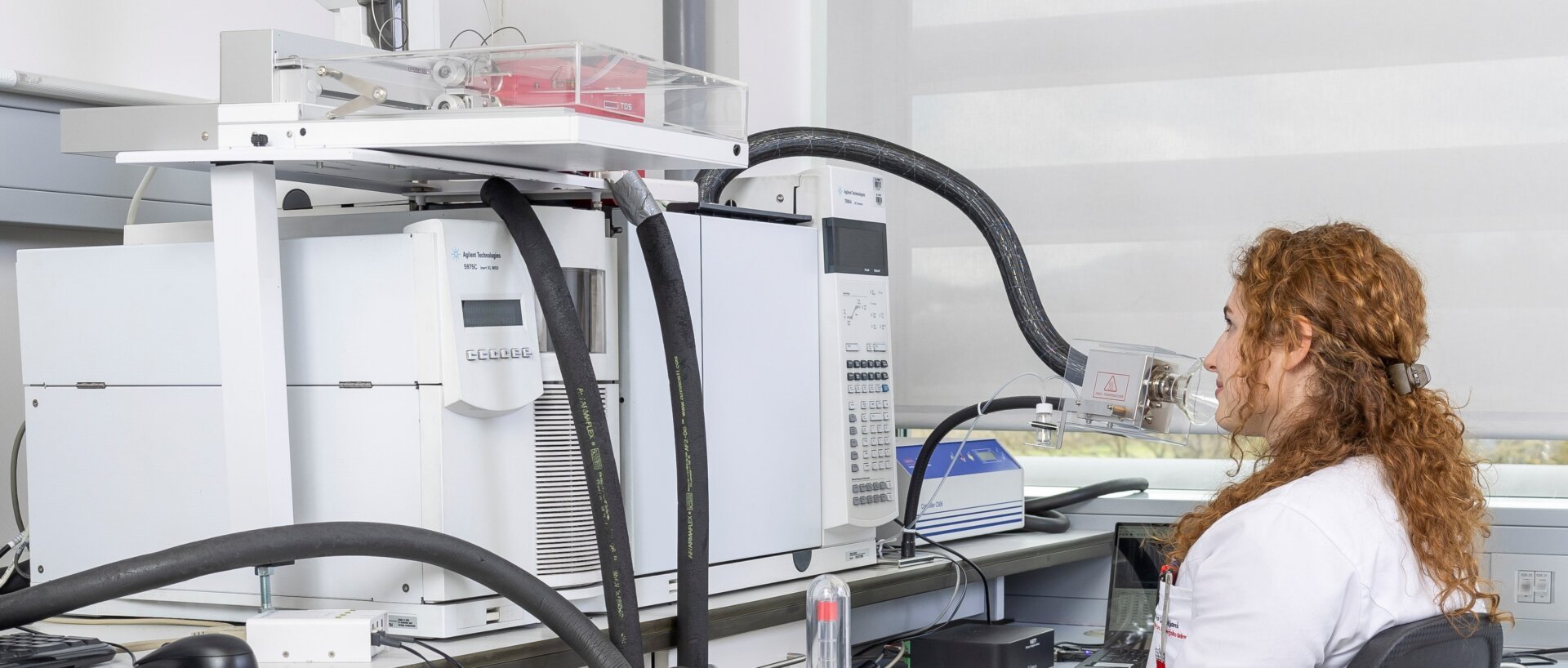 Sniffing the Past
Sniffing the Past
“Mummification was a crucial mortuary practice for ancient Egyptians, aiming to preserve body and soul for the afterlife,” explained Ali Abdelhalim, director of the Egyptian Museum in Cairo and a co-author of the study. “The practice evolved over time, and identifying the materials used provides insights into the era, location, and socioeconomic status of the mummified individual.”
Smellscapes and the Future of Museum Experiences
Pleasant odors were associated with divinity and purity in ancient Egypt, while unpleasant smells symbolized corruption and decay. This understanding of ancient olfactory associations could inspire museums to incorporate “smellscapes” into exhibitions, offering visitors a more immersive and multi-sensory experience. The researchers are currently working to reconstruct the scent of ancient mummified bodies to share this unique approach to studying Egyptian history and highlight the significance of olfactory heritage. This innovative research demonstrates the potential of scent to unlock new layers of understanding about our past.
In conclusion, this study not only reveals the surprising scents of ancient Egyptian mummies but also underscores the importance of integrating sensory experiences into our exploration of history. This multidisciplinary approach opens up exciting possibilities for future research and museum exhibits, offering a more holistic and engaging way to connect with the past.



